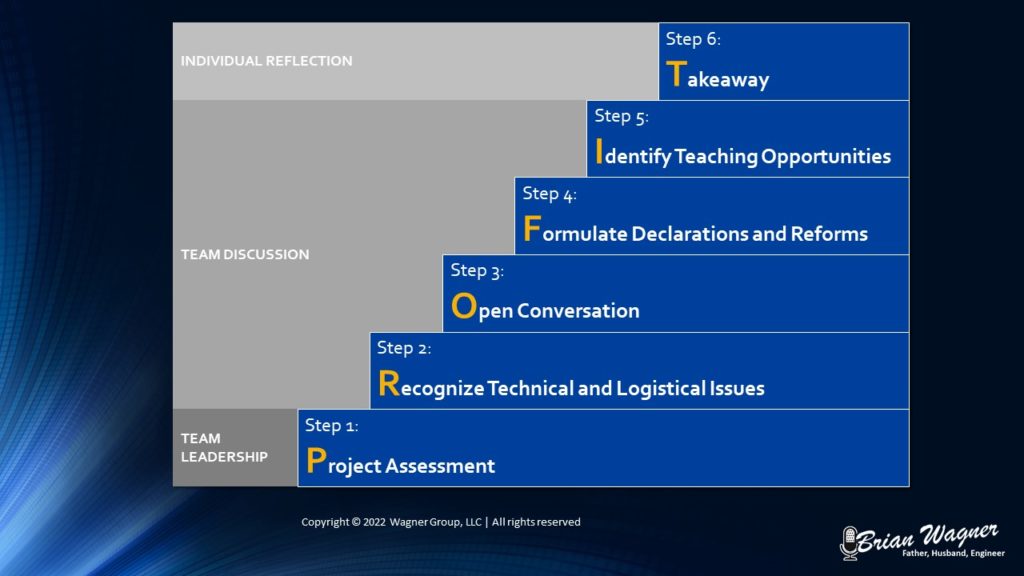Are You Delivering a Luxury Product or a Used Car?
What do your clients really buy from you? As engineers, we often believe we are selling knowledge, experience, or creativity. We attend meetings, offer guidance, and answer questions, and it feels like these conversations are the value we provide. But the truth is, clients do not leave the table holding our ideas or our explanations. […]










